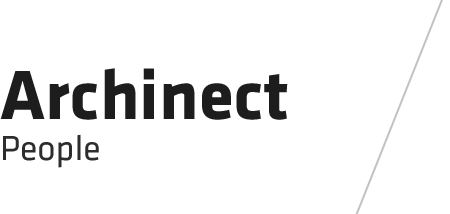
This building creates tension between nature and man’s creation. The building intrudes on the site while at the same time imitating a forest. It simultaneously represents a human invention while demonstrating a continuation of nature. The interior structure of the building reflects a forest. The façade diffuses light though a copper mesh in the same way as light diffuses through leaves. Through time the copper mesh oxidizes and changes colors as go trees in the fall.
This proposal is for a center located in the Mount Lebanon Shaker Village in New York. This museum and cultural center would house all the Shaker artifacts that belong to the village and other Shaker villages in order to have one location that people can come to visit. Included in the center, there will also be an area where visitors can practice shakers crafts such as textiles on looms or weaving baskets.
The United Society of Believers in Christ’s second Appearing, better known as the Shakers were a people well known for their intense dancing during their services and their fine craft in furniture, containers and textiles. They lived on a strict schedule dictated by day light. They farmed, and were completely sustained within their community, thus bringing them closer to nature, which brought about our thesis of creating a building integrated into the forest and connecting it to nature.
The building intrudes on the site by changing the slope and grade of the hill in order to fit the building to the site. This new museum will be on top of the foundation of an old shaker mill. Nature has taken over the foundation and the wall has become part of the landscape.
This site consists of dense areas with a large amount of trees, as well as rocky areas which restrict a person’s ability to navigate the landscape and finally large open fields that are available to anyone that would like access. These three different spaces represent the private administrative areas of the museum, the exhibit halls which require an entrance fee, and public areas that can be accessed by anyone. This is exhibited through the façade which is composed of triangles of three different materials, a transparent, a light, and a dark material, which will help outline the various areas of the center.
The walls of this building are slanted to encourage movement in certain directions,similar to the way in which tree trunks create paths through a forest. They control the light and views though the museum. The circulation begins on the third floor and proceeds to the fifth floor then down to the fourth followed by the second, the first and then basement. The progression allows the occupants to fully understand the hill and come down the building slowly.
Status: School Project
Location: Mount Lebanon, NY
My Role: Worked on the design, computer and physical model, and Plans
Additional Credits: Justin Rupp